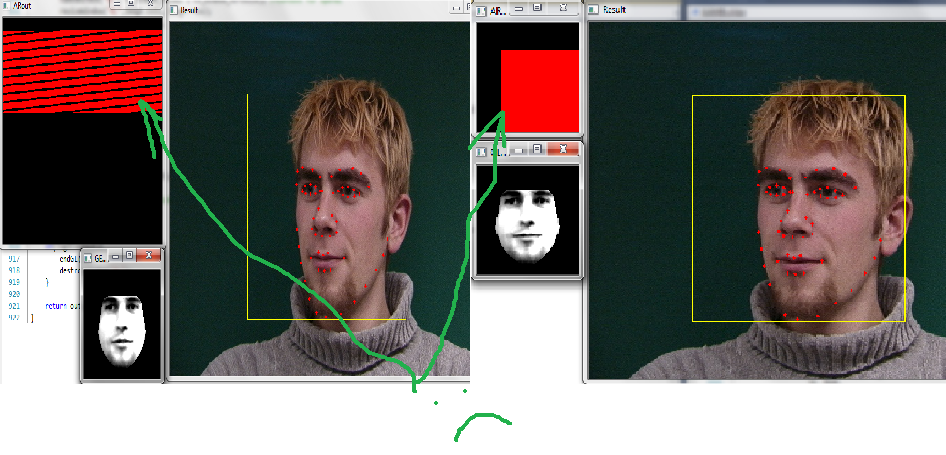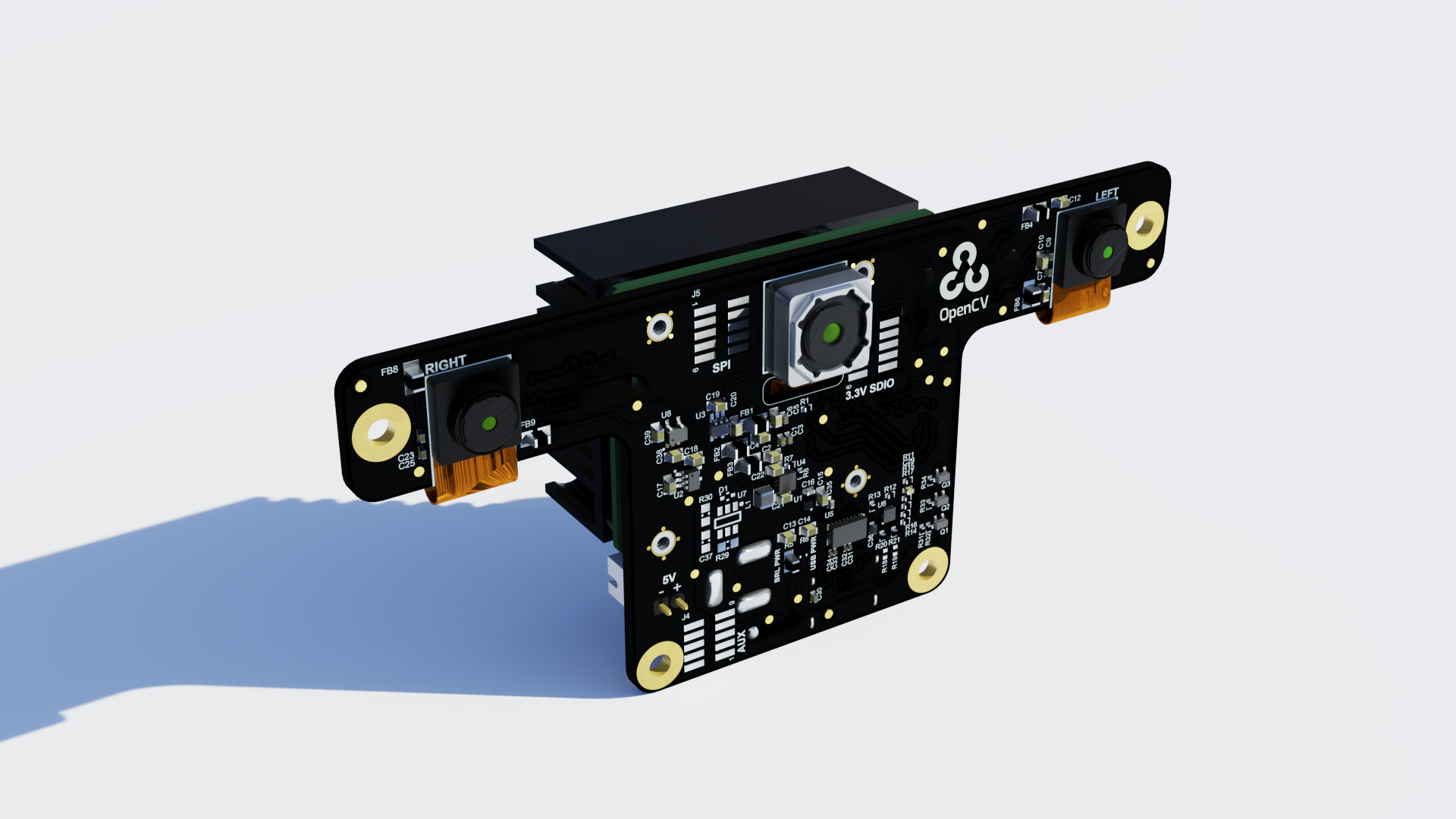



INTER_CUBIC - A bicubic interpolation over 4×4 pixel neighborhood.When we attempt to do image zoom, it is similar to the INTER_NEAREST method. INTER_NEAREST - A nearest-interpolation INTER_AREA - resampling using pixel area relation.To resize an image, OpenCV provides cv2.resize () function. Also, the aspect ratio of the original image could be preserved in the resized image. Resizing, by default, only changes the width and the height of the image. OpenCV Python Resize image Resizing an image means changing the dimensions of it, be it width alone, height alone or changing both of them. Interpolation(optional) - This flag uses following methods: To resize an image in Python, resize() function of the OpenCV library is used. you can try to use the PIL library to resize images in python import PIL import os import os.path from PIL import Image path r'your images path here' for file in os.listdir (path): fimg path+'/'+file img Image.open (fimg) img img.resize ( (100, 100)) (width, height) img.This is the default interpolation technique in OpenCV. cv2.INTERLINEAR: This is primarily used when zooming is required. cv2.INTERCUBIC: This is slow but more efficient.

Choice of Interpolation Method for Resizing: cv2.INTERAREA: This is used when we need to shrink an image.
#Resize image opencv code
Print("Saving image with dims: " + str(crop_img.shape) + "x" + str(crop_img.shape))Ĭv2.imwrite("collections/128/" + str(i) + '.jpg', crop_img)Īll we need to do is specify the path to our dataset, the image size, and the output path. Following code will resize outImg to 0.75 times the dimensions of inImg with CVINTERLINEAR type of interpolation. If(crop_img.shape = img_size and crop_img.shape = img_size):
#Resize image opencv full
Hence, the image is not being scaled to full screen as the window. If(crop_img.shape != img_size or crop_img.shape != img_size): cv2.WINDOWNORMAL fits window to full screen, but it doesnt support image resize. R_img = cv2.resize(img, (img_size, round(img_size * a2)), interpolation = cv2.INTER_AREA) R_img = cv2.resize(img, (round(img_size * a1), img_size), interpolation = cv2.INTER_AREA)Ĭrop_img = r_img Cropout OpenCV logo img img :80,850: plt.imshow (img :,:,::-1) plt.show () C++ // Read image Mat img imread ('AI-Courses-By-OpenCV-Github.png') // Region to crop Rect roi roi.x 850 roi.y 0 roi.width img.size ().width - 850 roi. Img = cv2.imread(os.path.join(path, img_name)) To crop out the OpenCV logo, we use the code given below. Below is a small script which will do just that. Our results might look odd if the training data is stretched, so we need to create a uniform shape for our data without destroying the perspective. This is okay for some simple machine learning tasks, like an image classifier for dogs and cats, but let’s say we want to train a GAN. The resize method in OpenCV does not account for aspect ratio, and as a result our output image is simply stretched to size.


 0 kommentar(er)
0 kommentar(er)
